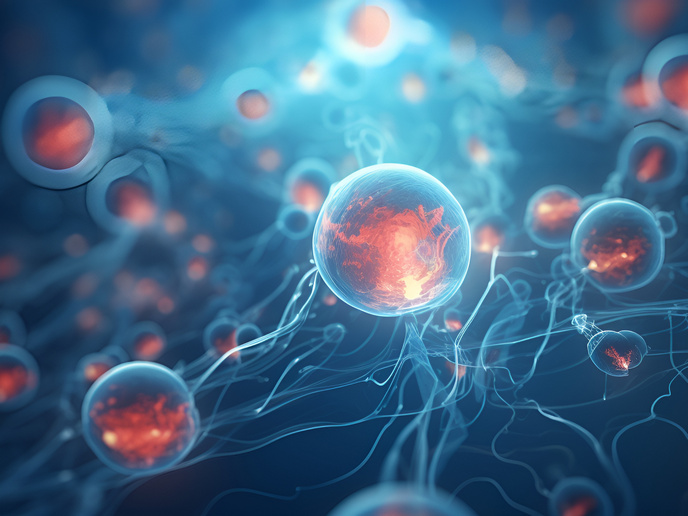RNA-based immunity in mammals
Plants and invertebrates defend themselves against viruses using a mechanism called RNA interference (RNAi), which is triggered by base-pairing or long double-stranded (ds) RNA generated during virus infection. As a counter defence, viruses produce viral suppressors of RNAi, called VSRs. In vertebrates, viral RNAs induce many types of defence response including the type I interferon (IFN) defence system. It has long been a subject of debate whether the RNAi system exists and the RNAI VS IFN (The interplay between innate immunity and RNA interference in mammals) project has probed mouse cells for functionally active RNAi. The aim was to find out what molecular environments could induce or suppress the RNAi, if present. The work was based on previous research by the project team using mouse cells infected with the Encephalomyocarditis virus. Key results showed that antiviral RNAi operates in undifferentiated cells but on differentiation ceases to function. RNAI VS IFN researchers used IFN-defective cells to test if the IFN response masks RNAi. Known to be defective in their IFN response, mouse embryonic cells revealed active long dsRNA-triggered RNAi. Results demonstrate that long dsRNA-mediated RNAi (dsRNAi) is present and active in mammalian differentiated cells and relies on specific parts of the RNAi pathway. However, the system is inhibited or masked by the IFN pathway. Significantly, the work showed that dsRNAi specifically vaccinates cells against subsequent infection with viruses containing homologous sequences, in other words, shared ancestry. The data suggests that the RNAi system has been preserved during the evolution of vertebrate immunity in mammals. As such, this ancestral defence mechanism could provide researchers with new information for vaccine and drug development against viral diseases.







